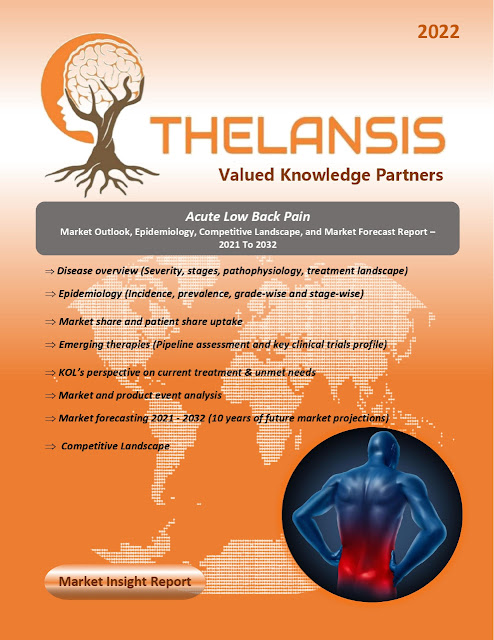Autoimmune Pulmonary Alveolar Proteinosis (aPAP) Market Outlook, Epidemiology, Competitive Landscape, and Market Forecast Report – 2021 To 2032
.jpeg)
Autoimmune pulmonary alveolar proteinosis (aPAP) is a syndrome characterised by the accumulation of lipids and proteins related to surfactants in the alveoli in association with antibodies against granulocyte-macrophage colony-stimulating factor (GM-CSF). The disease causes progressive impairment of gas exchange and respiratory insufficiency. This blocks air from entering alveoli and oxygen from passing through into the blood, resulting in breathlessness. Most patients develop dyspnea very slowly over time, typically noticing it only with activity at first and eventually at rest. As the disease gets worse from the build-up of surfactant, the fingertips can become bluish in colour due to a low level of oxygen in the blood. Cough is the following most common symptom. This can be a dry or productive cough that produces whitish phlegm. Coughing phlegm with streaks of blood, with or without fever, usually indicates that infection is also present. The prevalence of Autoimmune pulmo...

.jpeg)
.jpeg)

-1.jpg)